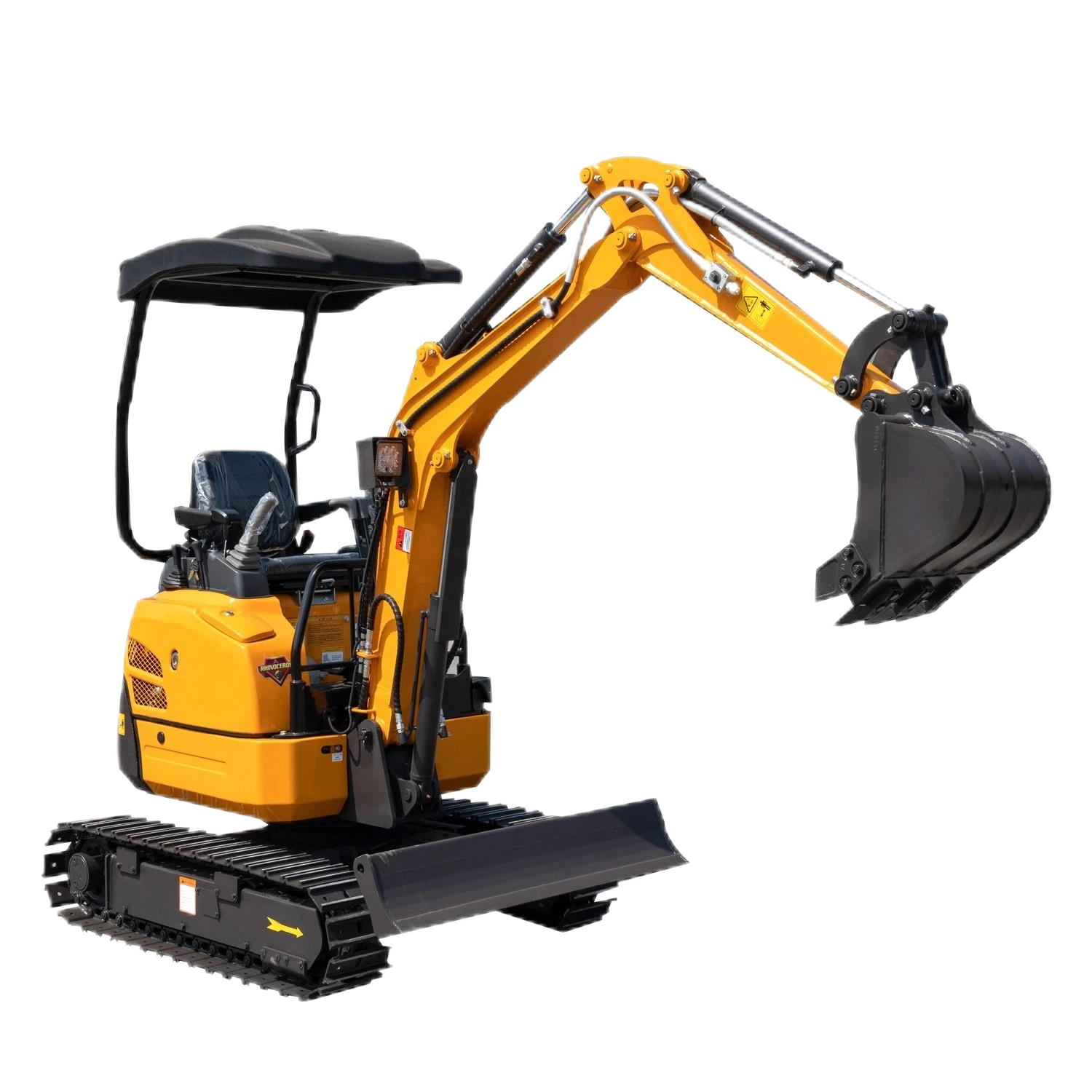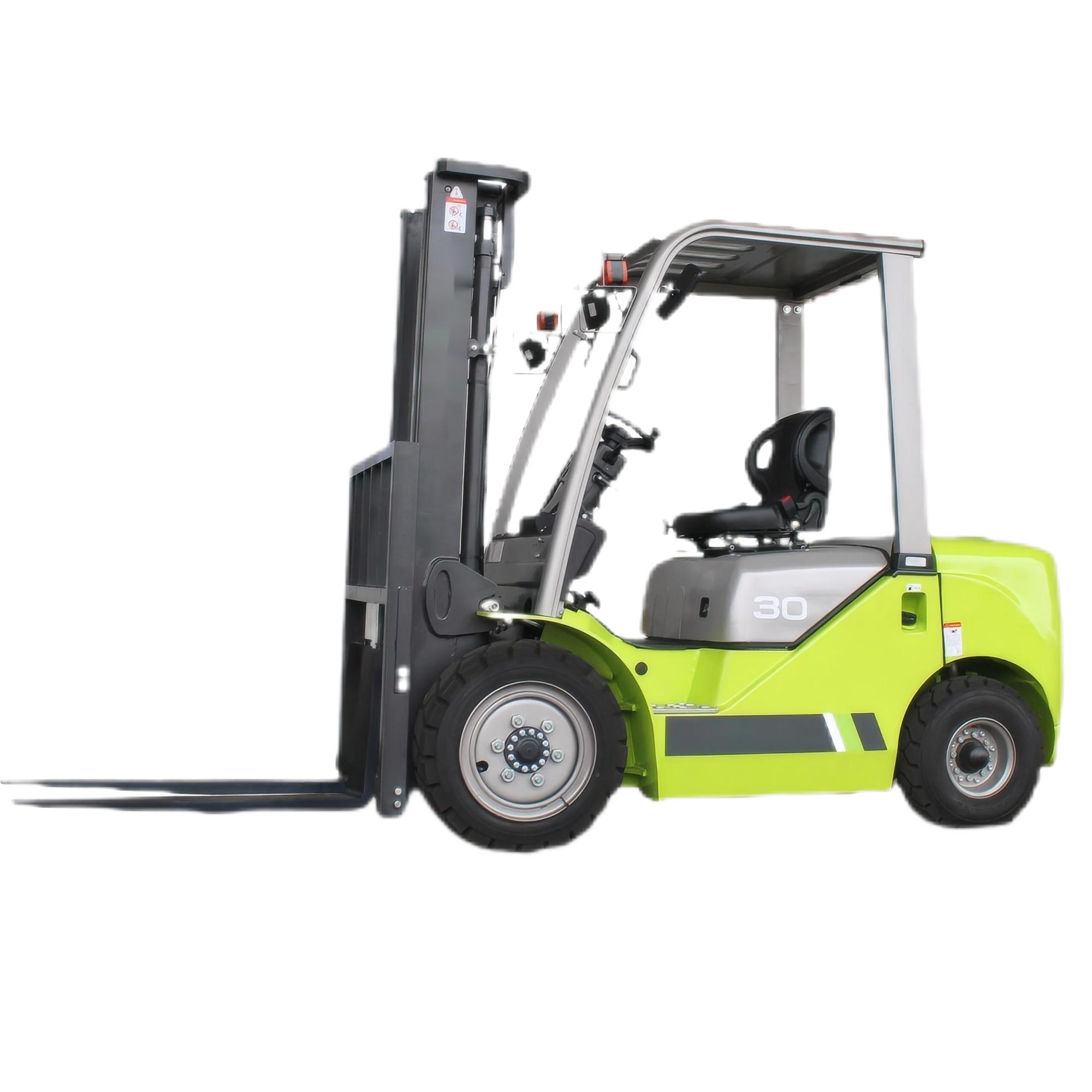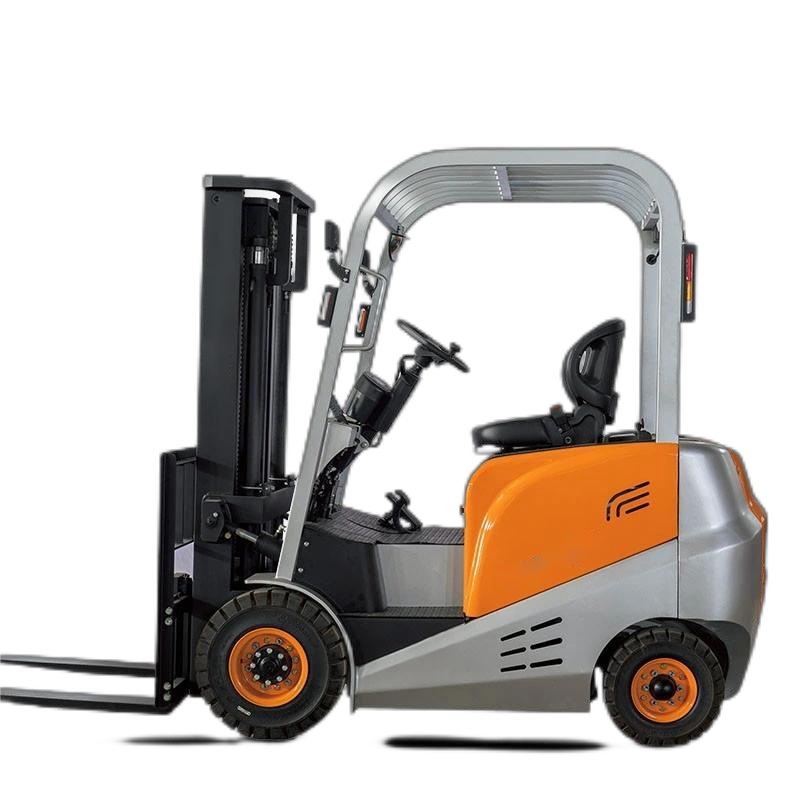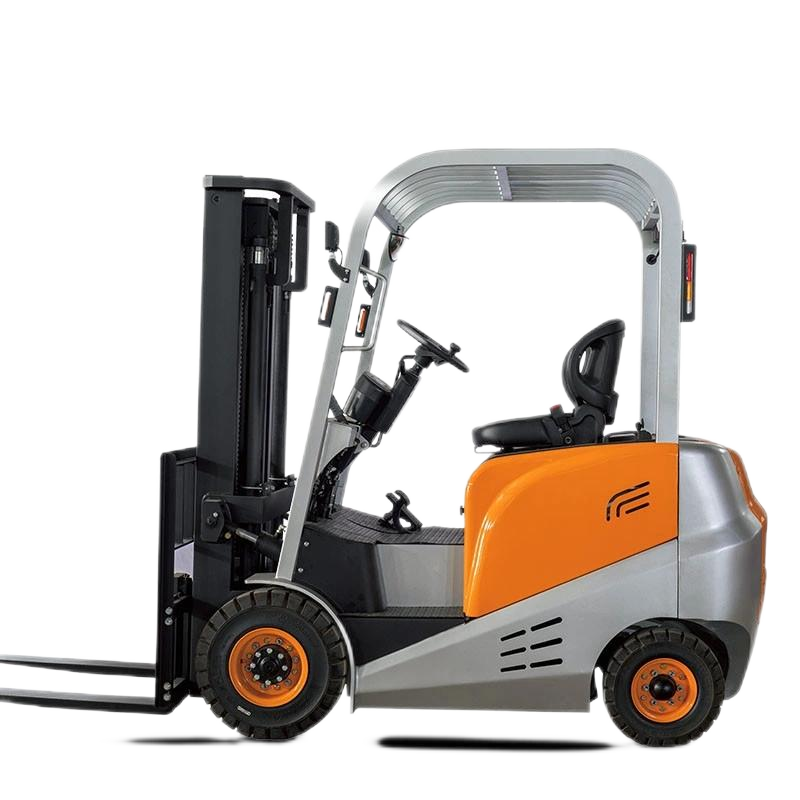An excavator is mainly composed of structures such as a power unit, a working device, a slewing mechanism, an operating mechanism, a transmission mechanism, and a traveling mechanism. Its working principle is to convert power into actions such as digging, loading, and unloading through the coordinated operation of various mechanisms, so as to achieve earthwork engineering and other operations. The following is a specific introduction:

Power Principle: Excavators usually use diesel engines as the power source. Diesel fuel burns in the engine cylinders, generating high-temperature and high-pressure gases that push the pistons to move back and forth. Through the connecting rods, the reciprocating motion of the pistons is converted into the rotational motion of the crankshaft, thereby outputting mechanical energy. This mechanical energy provides power for various working components of the excavator, enabling it to perform various actions.
Hydraulic Transmission Principle: The mechanical energy output by the engine is converted into hydraulic energy through a hydraulic pump. The hydraulic pump sucks the hydraulic oil from the oil tank and delivers it to various hydraulic actuating components (such as hydraulic cylinders and hydraulic motors) in a high-pressure state. The hydraulic oil flows in the hydraulic system. According to the control of the control valve, the hydraulic energy is transmitted to different working components to achieve various actions of the excavator, such as digging, lifting, slewing, and traveling.
Working Device Principle
Digging Principle: The working device of an excavator mainly includes the boom, the stick, and the bucket. When carrying out digging operations, the extension and retraction of the boom hydraulic cylinder and the stick hydraulic cylinder are controlled by the hydraulic system, so that the boom and the stick perform corresponding movements, driving the bucket to insert into the soil or other materials. Then, through the action of the bucket hydraulic cylinder, the bucket rotates around its hinge point to dig up the materials and load them into the bucket.
Digging Principle: The working device of an excavator mainly includes the boom, the stick, and the bucket. When carrying out digging operations, the extension and retraction of the boom hydraulic cylinder and the stick hydraulic cylinder are controlled by the hydraulic system, so that the boom and the stick perform corresponding movements, driving the bucket to insert into the soil or other materials. Then, through the action of the bucket hydraulic cylinder, the bucket rotates around its hinge point to dig up the materials and load them into the bucket.
Loading and Unloading Principle: After the digging is completed, through the coordinated actions of the hydraulic cylinders of the boom and the stick, the bucket filled with materials is lifted to a certain height and moved above the transport vehicle or the unloading site. Then, control the bucket hydraulic cylinder to make the bucket turn over and unload the materials to the designated position.
Slewing Principle: The slewing mechanism of an excavator is composed of a slewing bearing, a slewing hydraulic motor, etc. The slewing hydraulic motor drives the slewing bearing through a gear transmission device, enabling the upper part of the excavator (including the cab, the working device, etc.) to rotate 360° relative to the lower part (the traveling mechanism). In this way, the excavator can carry out digging, loading, and unloading operations in different directions, improving work efficiency and flexibility.
Traveling Principle: The traveling mechanism of an excavator usually adopts a crawler type or a tire type. Taking the crawler type as an example, the traveling hydraulic motor drives the sprocket, and the sprocket drives the crawler to move, enabling the excavator to travel. By controlling the speed and steering of the two crawlers on the left and right, actions such as forward movement, backward movement, and turning of the excavator can be achieved. For tire-type excavators, the traveling hydraulic motor drives the tires to achieve similar traveling functions.








